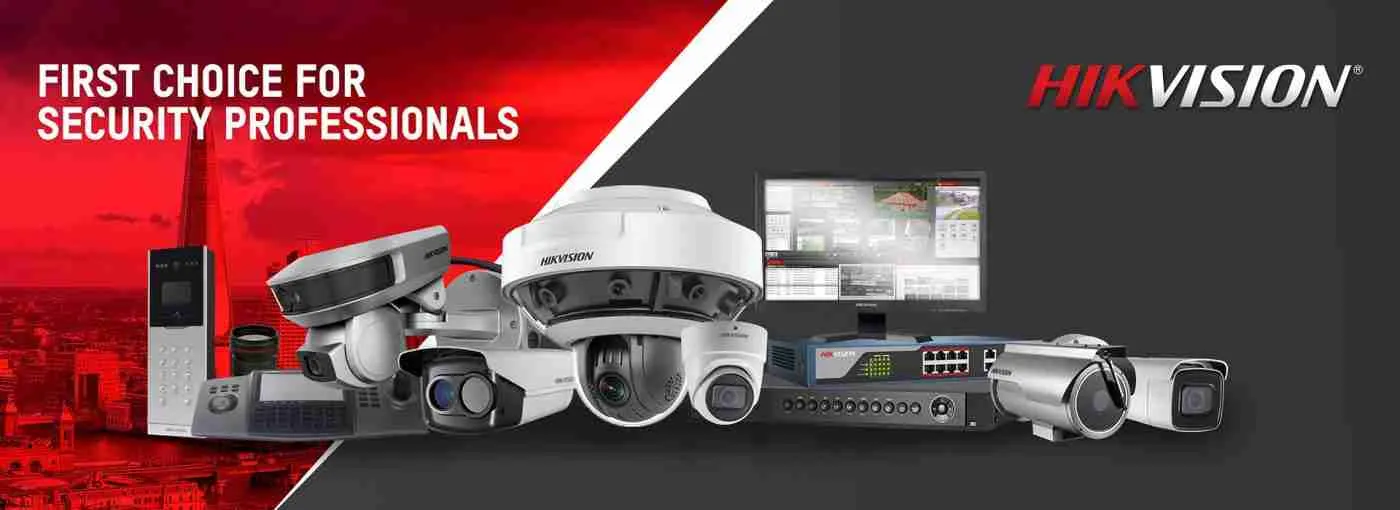CCTV CAMERA COMMISSIONING AND INSTALLATION
CCTV CAMERA COMMISSIONING AND INSTALLATION
For CCTV camera installation before you set out to install a CCTV camera on your property, you need to determine why you need a surveillance system and what problem you wish to solve with its usage. This assessment will give you a better idea of the requirement and help you make an informed decision.
Setting out your problem must be the starting point for preparing the specification. Some of the common problems that you might wish to address include theft, intrusions, break-ins, shoplifting, vandalism, employee behavior, and general health and safety.
You also need to determine the ideal location for the systems since that will play a huge part in the overall efficiency of the cameras along with helping you decide which type of CCTV camera to choose. Once you have your reasoning, location, and type of CCTV camera figured out, you can move on to the next phase which is the commissioning and installation process. As mentioned above, when installing a CCTV system, you need to make sure that it is done properly and that the equipment is safe to use and working efficiently.
TYPES OF CCTV CAMERAS
There are different types of CCTV cameras made for specific purposes. The most popular ones include:
Bullet CCTV cameras:
One of the most common types of CCTV cameras in the world, their recognizable look makes them a highly visible deterrent against burglaries and intrusions. They are ideal for outdoor use and in applications that require long-distance viewing.
Dome CCTV cameras:
Another very popular choice that gets its name from the vandal-resistant dome-shaped casing that the camera sits in. They have a discreet shape making it difficult to see which way they are facing and allow wider angles to be monitored via 360-degree rotation of the camera.
C-Mount CCTV cameras:
Bulkier in size and come in a rugged casing that protects them from harsh weather conditions. They have detachable lenses that can be switched to adapt to the distance and field of view without losing focus.
PTZ Pan/Tilt/Zoom CCTV cameras:
Can pan sideways, tilt up and down, zoom in and out of objects, and can adjust the right angle of the camera to record the area of interest. They allow more control over what is being monitored and are the ideal choice for remote monitoring.
Day/Night CCTV cameras:
Built to effectively work during both the day and night-time, regardless of the lighting conditions. They are ideal for places that require round-the-clock outdoor CCTV monitoring.
Infrared/Night Vision CCTV cameras:
Infrared technology to record images and videos in absolute darkness. They can also withstand fog, dust, and smoke, and record colored footage during the daytime while capturing black and white footage during the night.
Network/IP CCTV cameras:
Connected over a network that allows both the live and recorded footage to be accessed from anywhere in the world via the internet. They are the best choice for remote monitoring and allow storing archived footage on network video recorders (NVRs) and digital video recorders (DVRs).
Wireless CCTV cameras:
Wireless CCTV cameras made for the sole purpose of minimizing the installation time and use of excess wires for a cleaner appearance. Due to their discreet appearance, they easily blend in with the surroundings working as a hidden deterrent and are ideal for situations where good presentation is key and the display of excess wires might ruin the aesthetics.
High Definition (HD) CCTV cameras:
HD Cameras come in a variety of resolutions ranging from 720p going all the way up to 4K, delivering high-quality images with zooming capabilities. They are particularly useful in high-risk areas where the foot traffic needs to be monitored closely and the perpetrators need to be easily identified and caught using the recorded footage.

